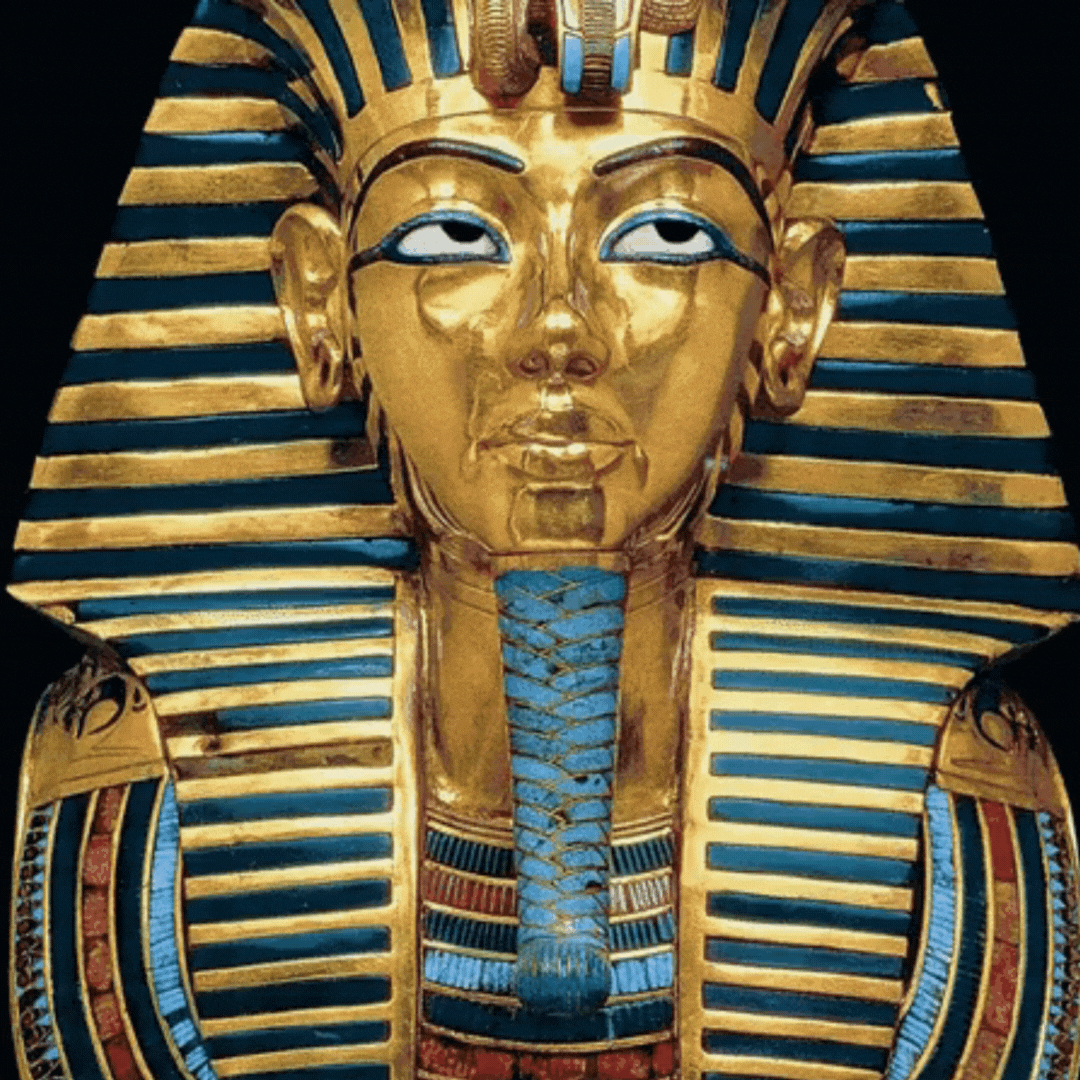Category: Gold
-

Luminous gemstones
Folktales about luminous gemstones are an almost worldwide motif in mythology and history among Asian, European, African, and American cultures. Some stories about light-emitting gems may have been based on luminescent and phosphorescent minerals such as diamonds. Mineralogical luminosity First, it will be useful to introduce some mineralogical terminology for gemstones that can glow when exposed to light, friction, or heat. Note that the following discussion will…
-

Supergene (geology) and something called gossan cap
In ore deposit geology, supergene processes or enrichment are those that occur relatively near the surface as opposed to deep hypogene processes. Supergene processes include the predominance of meteoric water circulation (i.e. water derived from precipitation) with concomitant oxidation and chemical weathering. The descending meteoric waters oxidize the primary (hypogene) sulfide ore minerals and redistribute the metallic ore elements. Supergene enrichment occurs at the base of the oxidized portion of an ore deposit. Metals…
-

Transportation
Penal transportation or transportation was the relocation of convicted criminals, or other persons regarded as undesirable, to a distant place, often a colony, for a specified term; later, specifically established penal colonies became their destination. While the prisoners may have been released once the sentences were served, they generally did not have the resources to return home. Origin and implementation Banishment or forced exile from a polity or…
-

Armenian Cochineal (Porphyrophora hamelii)
The Armenian cochineal (Porphyrophora hamelii), also known as the Ararat cochineal or Ararat scale, is a scale insect indigenous to the Ararat plain and Aras (Araks) River valley in the Armenian Highlands and in Turkey. It was formerly used to produce an eponymous crimson carmine dyestuff known in Armenia as vordan karmir (Armenian: որդան կարմիր, literally “worm’s red“) and historically in Persia as kirmiz.[1][2][3][4][5][6] The species is critically endangered within Armenia.[7] The Armenian cochineal scale insect, Porphyrophora hamelii, is in a different taxonomic family from the cochineal found in the Americas.…
-

Kermes is a red dye
Kermes is a red dye derived from the dried bodies of the females of a scale insect in the genus Kermes, primarily Kermes vermilioThe Kermes insects are native in the Mediterranean region and are parasites living on the sap of the host plant, the Kermes oak (Quercus coccifera) and the Palestine oak (Quercus calliprinos). These insects were used as a red dye since antiquity by the…
-

Rosolio (from around the internets)
Rosolio is a type of Italian liqueur made from a base of alcohol, sugar, and water in the same proportion, which is flavored by adding an essence of any of various types. Despite a common misconception based on the name, rosolio has no direct connection with roses or rose petals. (Rose essence is, however, one option for addition to the base; other options…
-
Helmut Ringsdorf
Helmut Ringsdorf, a luminary in polymer chemistry and the father of modern drug delivery systems, was not directly connected to the WHO Task Force on Vaccines for Fertility Regulation—but let’s imagine if he had been. Known for his groundbreaking work in designing polymers that could carry drugs to specific targets in the body, Ringsdorf would…
-
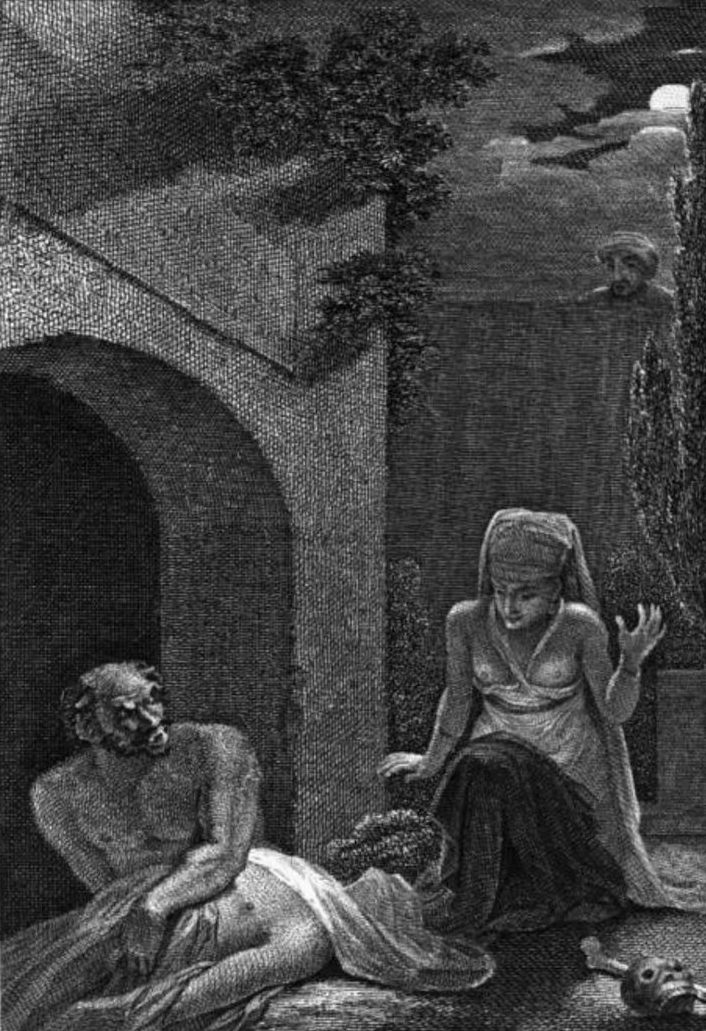
Ghouls (and a few other things)
The Ghoul A Monstrous Mashup of Myth and Macabre Meet the ghoul, a creature so delightfully demonic it’ll make you shiver with excitement. Born from the mystical realms of pre-Islamic Arabian folklore, this monstrous humanoid has evolved into the ultimate symbol of undead terror in modern fiction. Think of it as the goth cousin of…
-

What Is Nitrophenol? (besides something mentioned in ‘Scientific Opinion on the re‐evaluation of aspartame as a food additive’)
Nitrophenols are compounds of the formula HOC6H5−x(NO2)x. The conjugate bases are called nitrophenolates. Nitrophenols are more acidic than phenol itself. Wikipedia Mono-nitrophenols with the formula HOC6H4NO2. Three isomeric nitrophenols exist: o-Nitrophenol (2-nitrophenol; OH and NO2 groups are neighboring; CAS number: 88-75-5), a yellow crystalline solid (m.p. 46 °C). m-Nitrophenol (3-nitrophenol, CAS number: 554-84-7), a yellow solid (m.p. 97 °C) and precursor to the…
-

Arsenic Etymology
arsenic (n.) late 14c., “yellow arsenic, arsenic trisulphide,” from Old French arsenic, from Latin arsenicum, from late Greek arsenikon “arsenic” (Dioscorides; Aristotle has it as sandarake), adapted from Syriac (al) zarniqa “arsenic,” from Middle Persian zarnik “gold-colored” (arsenic trisulphide has a lemon-yellow color), from Old Iranian *zarna- “golden,” from PIE root *ghel- (2) “to shine,” with derivatives referring to bright materials and gold. The form of the Greek word…
-
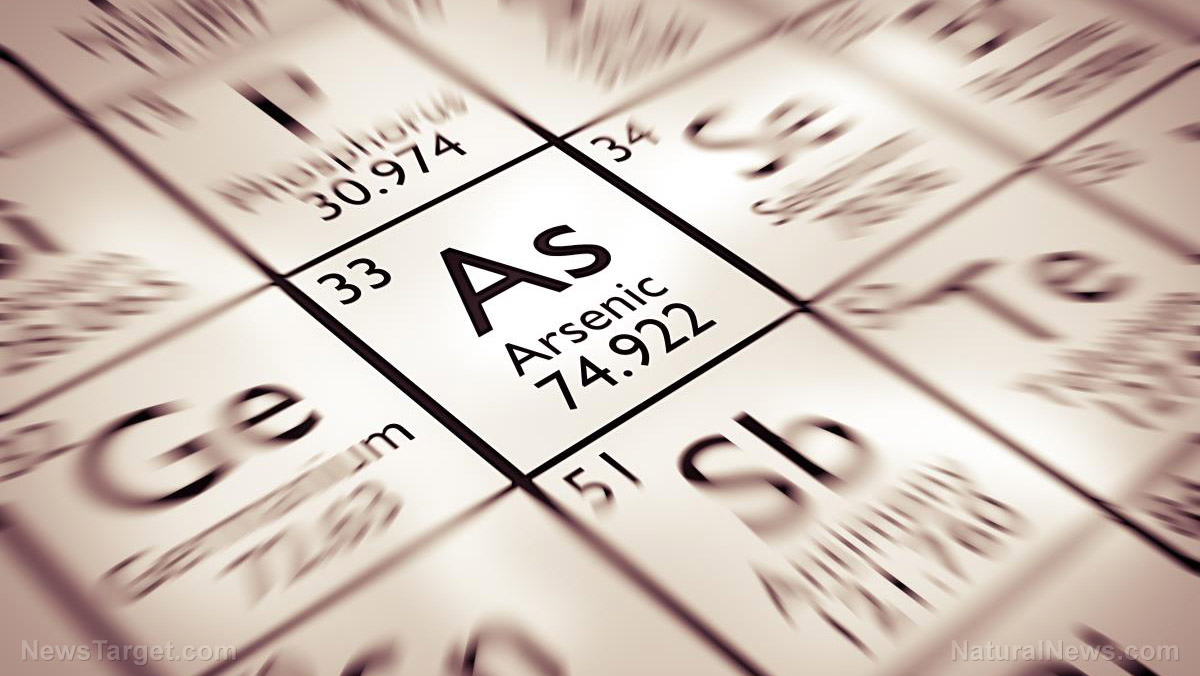
Arsenic at Wellcome Collection
539 Results for “arsenic” Arsenic in drinking water / Subcommittee on Arsenic in Drinking Water, Committee on Toxicology, Board on Environmental Studies and Toxicology, Commission on Life Sciences, National Reseach Council. National Research Council (U.S.). Subcommittee on Arsenic in Drinking WaterDate[1999], ©1999 Books Arsenic in drinking water : 2001 update / subcommittee to update the…
-
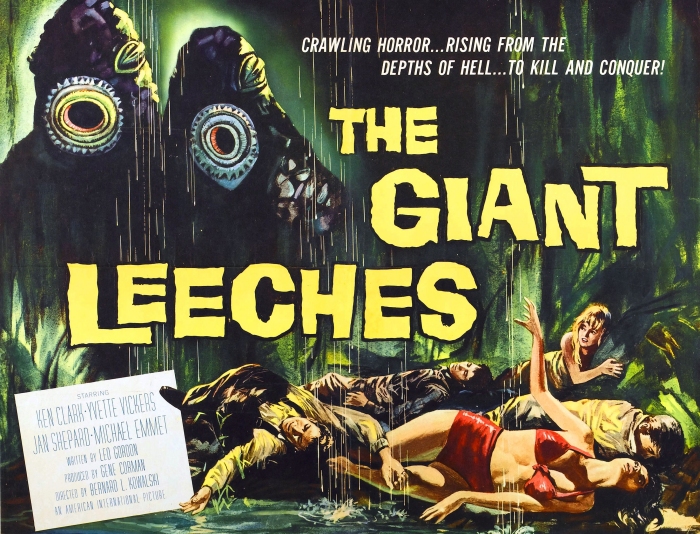
Leeches at Wellcome Collection
61 Results for “Leeches” A fierce battle between the supporters of John Brown (Bruno), in favour of treatment with stimulants, and those of F.J.V. Broussais, in favour of bloodletting. Pen drawing.Reference24101i Pictures Online Exposé de l’état actuel de nos connaissances et observations personelles sur la terminaison des nerfs dans les muscles lisses de la sangsue…
-

The tale known as “The Poison Dress” or “Embalmed Alive” features a dress that has in some way been poisoned
The tale known as “The Poison Dress” or “Embalmed Alive“[1] features a dress that has in some way been poisoned. This is a recurring theme throughout legends and folktales of various cultures, including ancient Greece, Mughal India, and the United States. Although lacking evidence suggesting that some American urban legends are directly linked to the classical tales, they share several common motifs.[2] Greek mythology Main…
-

Green synthesis of gold nanoparticles using aspartame and their catalytic activity for p-nitrophenol reduction
Wu S, Yan S, Qi W, Huang R, Cui J, Su R, He Z. Green synthesis of gold nanoparticles using aspartame and their catalytic activity for p-nitrophenol reduction. Nanoscale Res Lett. 2015 May 8;10:213. doi: 10.1186/s11671-015-0910-7. PMID: 25991916; PMCID: PMC4431991. Abstract We demonstrated a facile and environmental-friendly approach to form gold nanoparticles through the reduction…
-
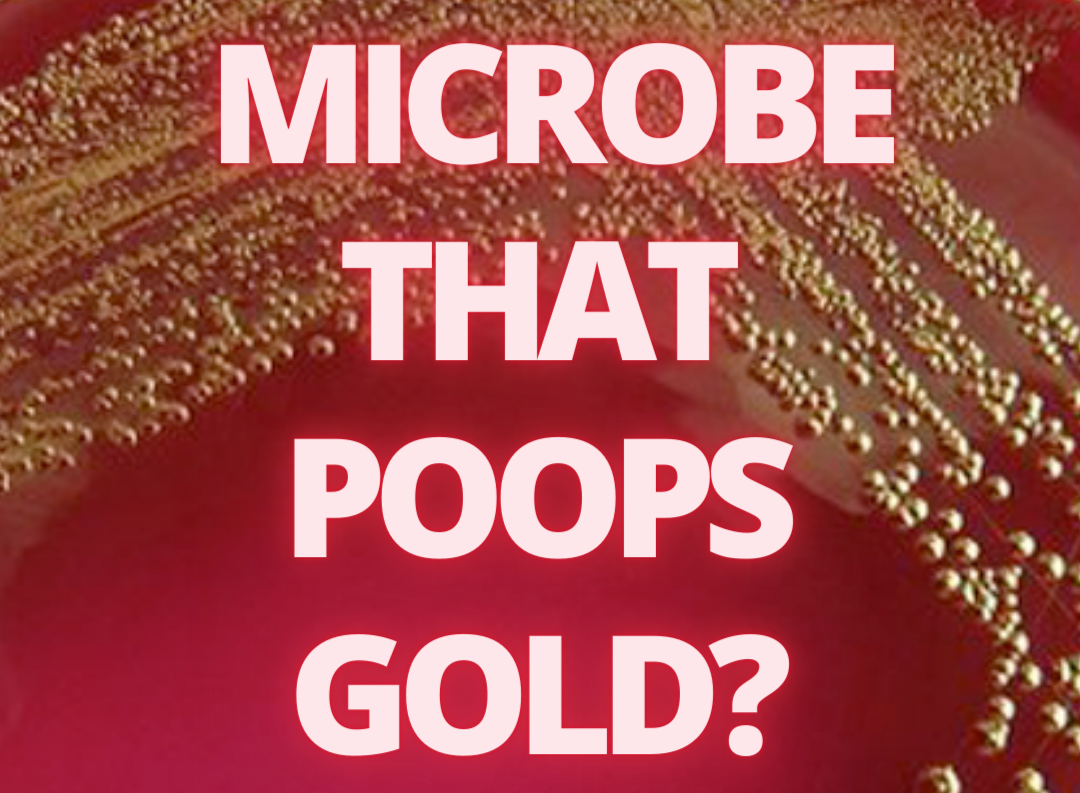
Delftia acidovorans
Delftia acidovorans is a Gram-negative, motile, non-sporulating, rod-shaped bacterium known for its ability to biomineralize gold and bioremediation characteristics.
Recent Posts
- 🧬 Disease Table with Low Sodium Connection
- 🧂 Sodium Reduction and Sodium Replacement: A History of Reformulation and Exploding Diseases, Including Many Diseases Unheard of Before Deadly Sodium Policies
- 🧂 The DEADLY 1500 mg Sodium Recommendation predates the WHO’s formal global sodium reduction push by nearly a decade (and it’s even worse than that)
- 🧬 What Is Beta-Glucuronidase?
- When Sugar Was Salt: Crystalline Confusion and the Covenant of Sweetness
Tags
ADAM ASPARTAME Birds Blood Bones Brain Bugs Cancer Columba Cows crystallography Death Death cults Eggs Etymology Gastrin Gold Growth hormone History Hormones Insulin Liver Mere Perplexity Metal Monkey Business Mythology Paracetamol Plants Poison Pregnancy Protein Religion Reproduction Rocks Salt Slavery Snakes Sodium the birds and the bees Thiocyanate Tobacco Tylenol Underworld Venom zinc
